The Secretary General’s Annual Report 2017
- English
- French
On 15 March 2018, Jens Stoltenberg released his fourth annual report as NATO Secretary General.
The Report provides an overview of how NATO has become more agile and innovative in the face of a complex and evolving security environment. It includes details on how the Alliance is strengthening its deterrence and defence, and doing more to fight terrorism and project stability in its neighbourhood. It also illustrates progress that NATO has made on tackling new threats such as cyber-attacks and hybrid warfare, as well as on burden-sharing. The Annual Report includes the details of estimated 2017 national defence expenditures for all 29 NATO Allies.
Below you will find short descriptions of – as well as direct links to – the elements of the annual report.
- Foreword
- For all who serve
- Deterrence, Defence & Dialogue
- Investing in Security
- Modernising NATO
- Projecting Stability: Countering Terrorism, Working with Partners
- Promoting Equality: Women, Peace and Security
- Organisation
- Annexes
You can also download the full annual report.
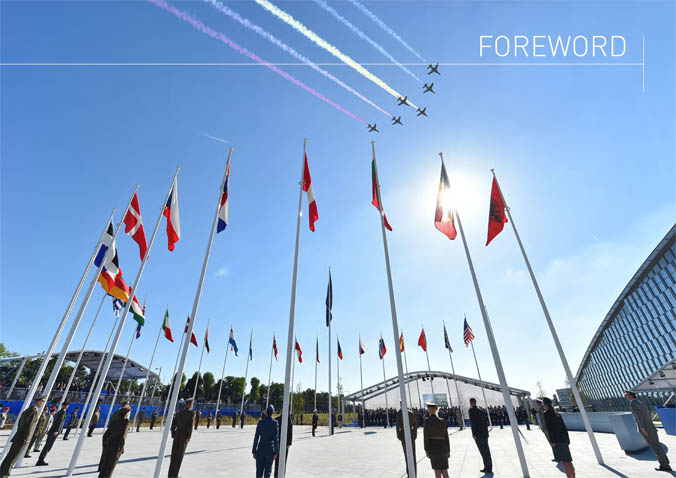
In front of the new NATO Headquarters building in Brussels stand two memorials: a section of the Berlin Wall, and a twisted girder from the wreckage of the Twin Towers in New York.
Those memorials are a powerful symbol of NATO's unshakeable commitment to our collective defence, of our solidarity and resolve in the fight against terrorism, and of the unbreakable bond that ties Europe and North America.
Read the Foreword in the Annual Report (PDF)
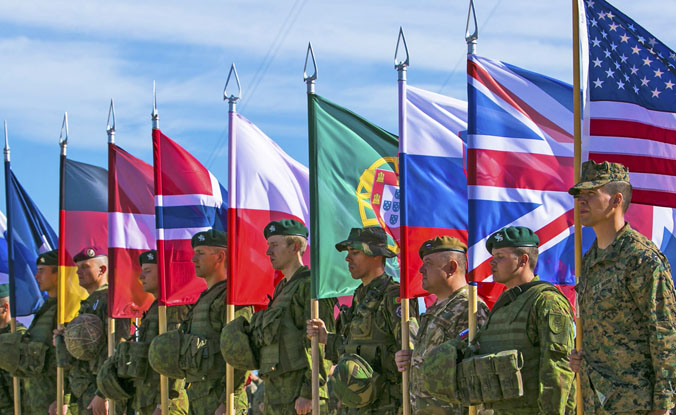
For All Who Serve
NATO's ability to preserve peace and security relies, above all, on the skill and determination of the men and women of Allied and partner countries' armed forces.
In 2017, tens of thousands of Allied and partner personnel were deployed on NATO missions and operations – on land, at sea and in the air. Their willingness to serve – and the professionalism they display each day – is the single most important contribution to the safety of the citizens the Alliance exists to protect.
NATO recognises the debt of gratitude it owes them for the risks they take, and the sacrifices they and their families make. They are the embodiment of the Alliance's values and of our commitment to coming to each other's aid.
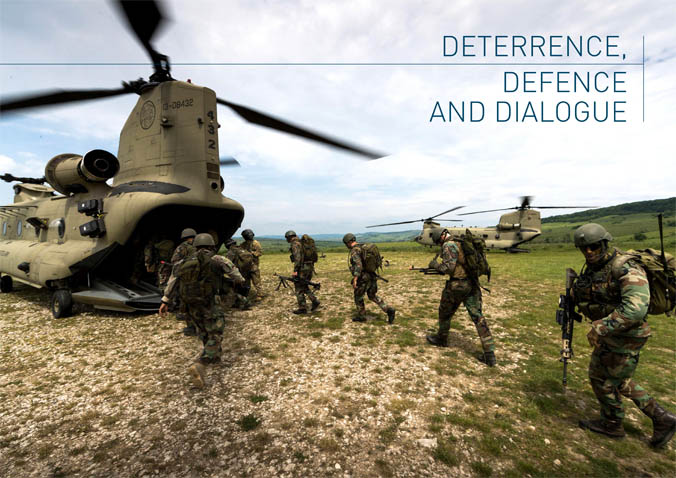
NATO's chief responsibility is to protect its citizens and nations, a task it has successfully carried out for nearly 70 years. To prevent conflict and preserve peace, the Alliance must deter and defend against any security threat, no matter its complexity or origin. In the last twelve months, NATO has continued to adapt in order to do exactly that.
Read the chapter "Deterrence, Defence & Dialogue" in the Annual Report (PDF)
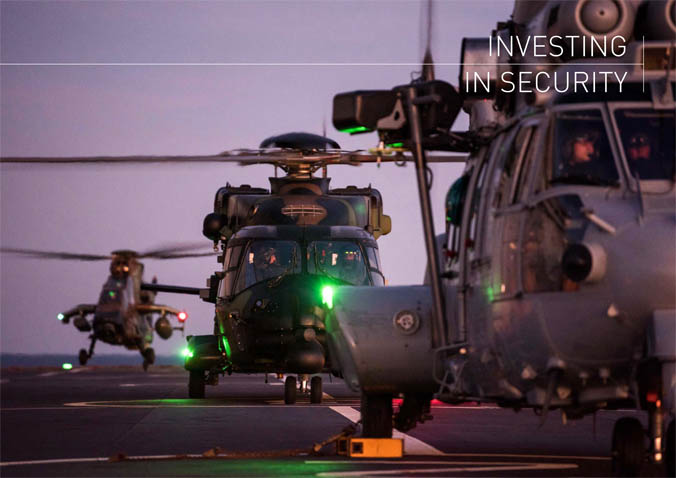
The ability of the Alliance to fulfil all its tasks depends on it having the right tools and capabilities. That, in turn, means appropriate investment in defence, with all 29 Allies contributing their fair share.
Read the chapter "Investing in Security" in the Annual Report (PDF)
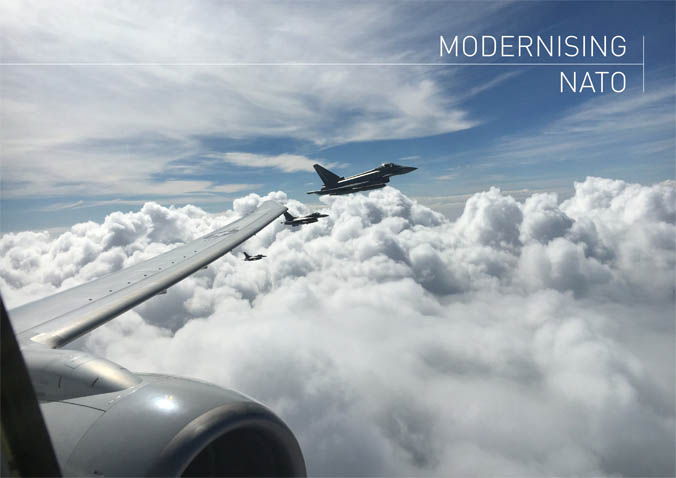
One of NATO's greatest strengths is its ability to adapt to the changing security environment – something it has done again and again since its creation in 1949. In 2017, the Alliance continued to modernise and innovate to meet the challenges of a more complex security environment.
Read the chapter "Modernising NATO" in the Annual Report (PDF)
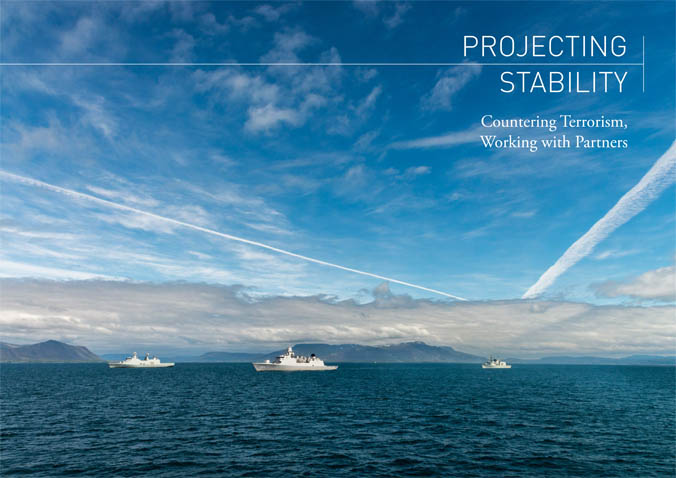
NATO's chief responsibility is the security of its 29 nations. To fulfil this mission, the Alliance needs to maintain a strong defence and deterrence at home and to fight terrorism and project stability abroad. In 2017, NATO continued to work with its partners to ensure the security of the Alliance and to help promote peace and stability beyond its borders.
Read the chapter "Projecting Stability: Countering Terrorism, Working with Partners" in the Annual Report (PDF)
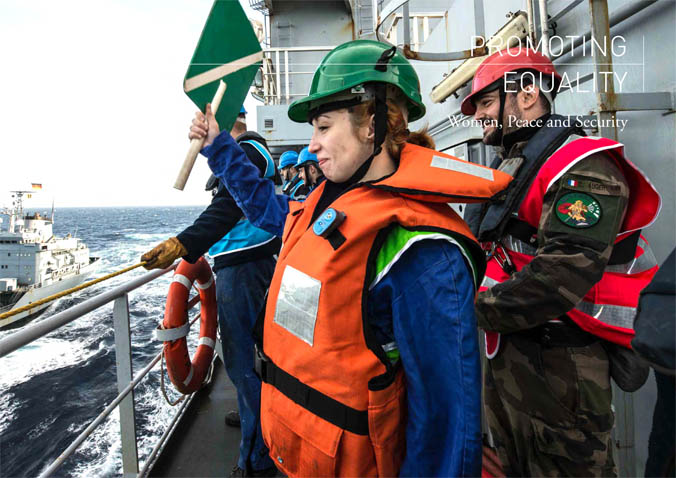
NATO has a responsibility to be a leading protector of women's rights. The Secretary General has stated that strengthening the role of women in the armed forces is both the right and the smart thing to do. Allies acknowledge that integrating gender perspectives throughout NATO's core tasks contributes to a more modern, ready and responsive Alliance. The Alliance is committed to promoting the role of women in peace and security and to supporting the implementation of United Nations Security Council Resolution 1325 and related resolutions on this subject.
Read the chapter "Promoting Equality: Women, Peace and Security" in the Annual Report (PDF)
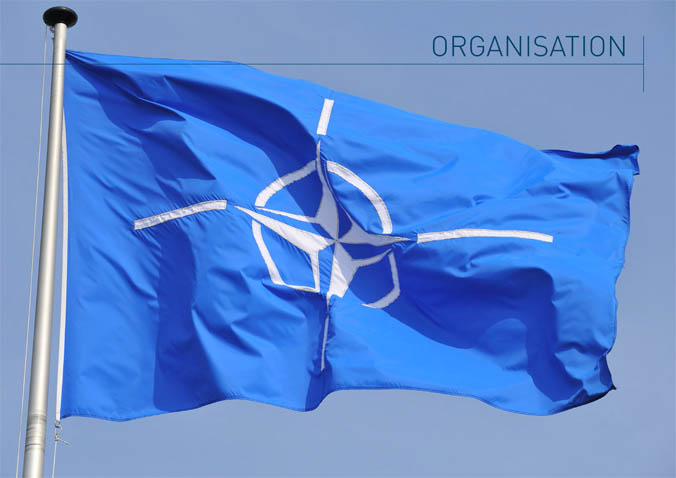
A political-military alliance of 29 countries, NATO is also an adaptable organisation, committed to being efficient, flexible and accountable. 2017 was an important year for NATO's continuing adaptation and innovation.
Read the chapter "Organisation" in the Annual Report (PDF)

Resolute Support Mission
The Resolute Support Mission is a NATO-led mission to train, advise and assist the Afghan security forces and institutions. The mission was launched on 1 January 2015, immediately following the stand-down of the International Security Assistance Force.
Read the annex"Resolute Support Mission" in the Annual Report (PDF)
Kosovo Force
The NATO-led Kosovo Force's mission is to contribute to maintaining a safe and secure environment as mandated by United Nations Security Council Resolution 1244. In carrying out its mission, NATO cooperates and assists the United Nations, the European Union and other international actors, as appropriate, to support the development of a stable and peaceful Kosovo. The Kosovo Force supports the development of professional, democratic and multiethnic security structures in Kosovo. This includes NATO's support for the ongoing development of the Kosovo Security Force through the provision of advice, training and capacity-building at Kosovo Security Force Brigade level and above. The Kosovo Security Force is as an all-voluntary, professional, multi-ethnic, lightlyarmed force. Its basic missions include crisis response, assistance to civilian authorities in responding to natural and other disasters, explosive ordnance disposal and civilian protection tasks.
Read the annex"Kosovo Force" in the Annual Report (PDF)
Defence Expenditure of NATO Countries
NATO collects defence expenditure data from Allies on a regular basis and presents aggregates and subsets of this information. Each Ally's Ministry of Defence reports current and estimated future defence expenditure according to an agreed definition of defence expenditure. The amounts represent payments by a national government actually made, or to be made, during the course of the fiscal year to meet the needs of its armed forces, those of Allies or of the Alliance. NATO also makes use of up-to-date economic and demographic information available from the Directorate-General for Economic and Financial Affairs of the European Commission, and the Organisation for Economic Co-operation and Development.
Read the annex"Defence Expenditure of NATO Countries" in the Annual Report (PDF)
